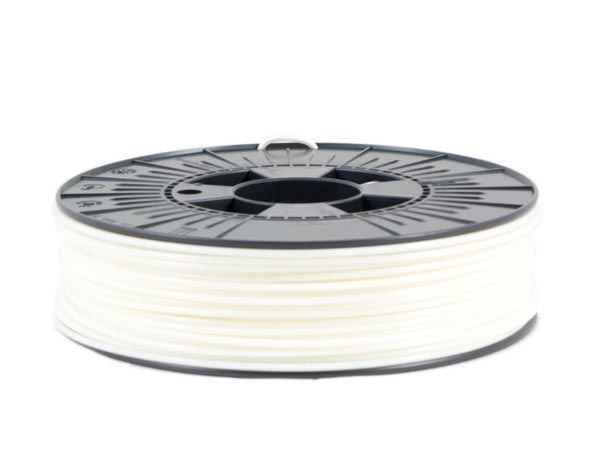Natural PVA Filament 2.85mm
Rs. 9,989
- PVA is a water-soluble 3D printing filament mainly used for the creation of dissolvable support structures. It is a biodegradable filament that easily dissolves in tap water. It can be used both as support or standalone material. When used as printing material, the filament maker suggests setting the build plate temperature at 60°C.
- Natural PVA has good thermal stability. When combined with other filaments (PLA, Tough PLA, Nylon and CPE), it allows producing complex geometries with intricate shapes, cavities and overhangs. The final prints only need to be submerged in water for a while to get rid of the PVA-made support structures. It is a fast and easy way to get clean and smooth surfaces free from any support residual.
- Natural PVA is characterized by a reasonable degradation resistance and is less sensitive to humidity than common PVA filaments. Creating complex parts with polished surfaces will only take three steps: dip, rinse, and dry. The pictures show the quick and simple process of dissolving Ultimaker natural PVA in tap water.
- Filament spools include an NFC chip containing all the material specs and the optimized printing settings.
Detail
| Filament diameter : | 2.85mm |
| Color attribute : | Solid |
| Color name : | Natural |
| Dimensional Accuracy : | ± 0.10 mm |
| Filament density : | 1.23 g/cm3 |
| Heated bed temperature : | 60 °C for standalone use |
| Melt Flow Index : | 17 - 21 g/10 min (190 °C, 2.16 kg) |
| Melting temperature : | 163 °C |
| Spool weight : | 350g |
- PVA is a water-soluble 3D printing filament mainly used for the creation of dissolvable support structures. It is a biodegradable filament that easily dissolves in tap water. It can be used both as support or standalone material. When used as printing material, the filament maker suggests setting the build plate temperature at 60°C.
- Natural PVA has good thermal stability. When combined with other filaments (PLA, Tough PLA, Nylon and CPE), it allows producing complex geometries with intricate shapes, cavities and overhangs. The final prints only need to be submerged in water for a while to get rid of the PVA-made support structures. It is a fast and easy way to get clean and smooth surfaces free from any support residual.
- Natural PVA is characterized by a reasonable degradation resistance and is less sensitive to humidity than common PVA filaments. Creating complex parts with polished surfaces will only take three steps: dip, rinse, and dry. The pictures show the quick and simple process of dissolving Ultimaker natural PVA in tap water.
- Filament spools include an NFC chip containing all the material specs and the optimized printing settings.
